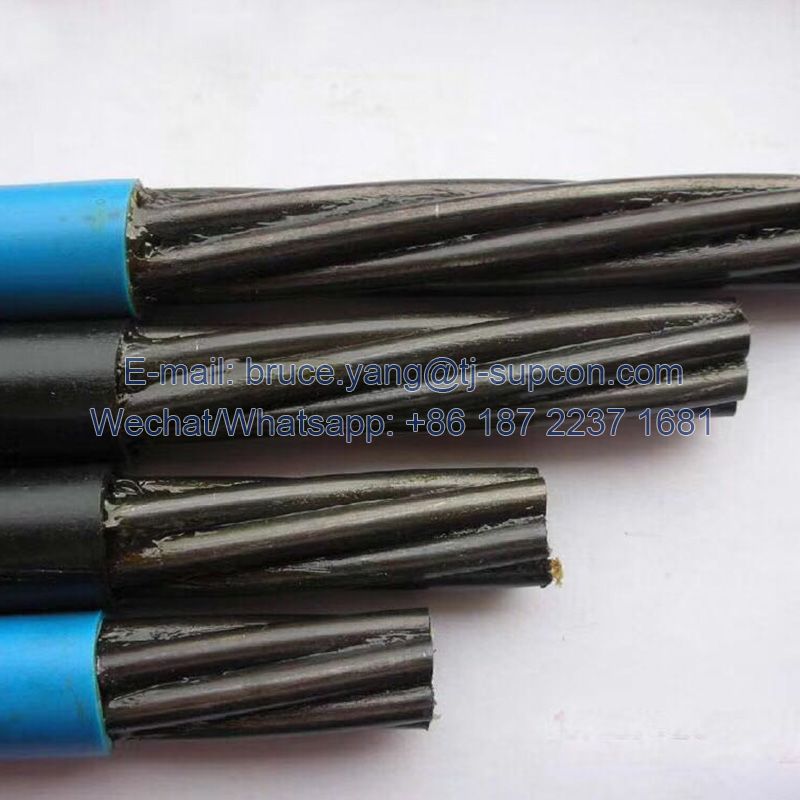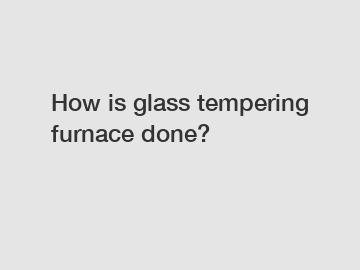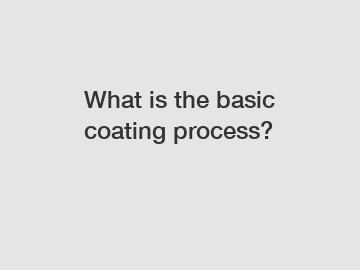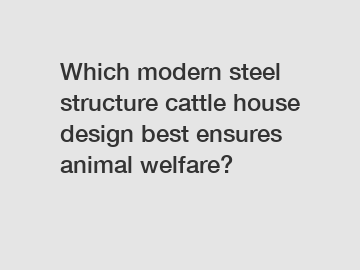Unveiling the Benefits of Low Relaxation PC Strands in Concrete Reinforcement
Introduction: Low Relaxation PC (prestressed concrete) strands are an integral component in the field of construction, particularly in the realm of concrete reinforcement. These specialized steel strands offer exceptional strength, durability, and resistance to relaxation over time. This article aims to explore the benefits of low relaxation PC strands, their composition, manufacturing process, and their crucial role in enhancing the performance and lifespan of reinforced concrete structures.
Composition and Manufacturing Process: Low relaxation PC strands are typically composed of high-quality carbon steel wires with a smooth or helical pattern. These wires are tightly wound together, forming a multi-wire strand. The steel wires used in the manufacturing process possess high tensile strength and are usually coated with corrosion-resistant materials, such as zinc or epoxy, to enhance durability.
The manufacturing process involves carefully tensioning and stressing the strands to achieve the desired level of pre-compression. This pre-compression, also known as prestressing, imparts a counteracting force on the concrete, which helps mitigate tensile stresses and cracking that can occur under load. The combination of high tensile strength and pre-compression in low relaxation PC strands results in a highly efficient and durable reinforcement system.

Benefits of Low Relaxation PC Strands:
High Strength: Low relaxation PC strands possess exceptional tensile strength, enabling them to withstand significant loads and stresses. Their high strength-to-weight ratio allows for more efficient design and construction of reinforced concrete structures, reducing material usage and costs.
Reduced Relaxation: Compared to ordinary PC strands, low relaxation PC strands exhibit minimal relaxation or elongation over time. This characteristic ensures that the pre-compression force remains stable, maintaining the integrity and long-term performance of the concrete structure.
Improved Durability: The corrosion-resistant coatings on low relaxation PC strands provide excellent protection against environmental factors, such as moisture and chemicals. This enhances the durability of the strands and extends the lifespan of the reinforced concrete structure.
Enhanced Crack Control: The pre-compression provided by low relaxation PC strands helps control and minimize cracking in concrete. By counteracting tensile forces, these strands increase the overall resistance to cracking, improving the structural integrity and aesthetic appearance of the concrete elements.
Additional reading:What does a flange do in a ball valve?
Sustainable and Stylish: Unveiling the Magic of SPC Natural Oak Flooring
Which bathroom shower faucet set provides the best value for money?
Which custom concrete protection liners provide the most durable and cost-effective solution for B2B purchase decisions?
The Ultimate Guide to 25mm Hot Rolled Thread Bar: Strength, Uses & Benefits
Which Unexpected Household Hacks Can Copper Mesh Revolutionize?
Stunning Aluminum Tile Backsplash Ideas for Kitchens
Efficient Construction: Low relaxation PC strands enable the construction of longer spans and thinner sections, reducing the need for additional support elements. This results in more open and aesthetically pleasing architectural designs while optimizing material usage and construction costs.
Applications of Low Relaxation PC Strands: Low relaxation PC strands are widely used in various applications, including:
Bridges and viaducts, where the strands help support large spans and heavy loads.
High-rise buildings, where the strands enhance the structural stability and load-bearing capacity.
Nuclear power plants and containment structures, where the durability and long-term performance are crucial.
Pre-stressed concrete tanks, pipes, and silos, where the strands provide structural strength and resist cracking.
Conclusion: Low relaxation Prestressed Concrete strands play a vital role in reinforcing concrete structures, offering numerous advantages such as high strength, reduced relaxation, improved durability, enhanced crack control, and efficient construction. These specialized steel strands are instrumental in ensuring the longevity, safety, and resilience of various architectural and engineering projects. Understanding the benefits of low relaxation PC strands enables engineers, architects, and construction professionals to make informed decisions when it comes to concrete reinforcement, leading to robust and long-lasting structures.
What is the process of film faced plywood?
Why use light steel framing?
Are 40ft Expandable Container Houses the Future of Affordable Housing?
When should toughened glass be used?
How do I figure out how much skirting board I need?
What is the difference between aluminum sheet and coil?
The Ultimate Guide to Coil Coating
272
0
0
Related Articles
-
148
0
0
-
155
0
0
-
Which are the recommended materials for a cost-effective and stylish home made marble gazebo design?
Which are the recommended materials for a cost-effective and stylish home made marble gazebo design?
162
0
0
-
155
0
0
-
158
0
0
-
128
0
0
-
154
0
0
-
159
0
0










Comments
All Comments (0)